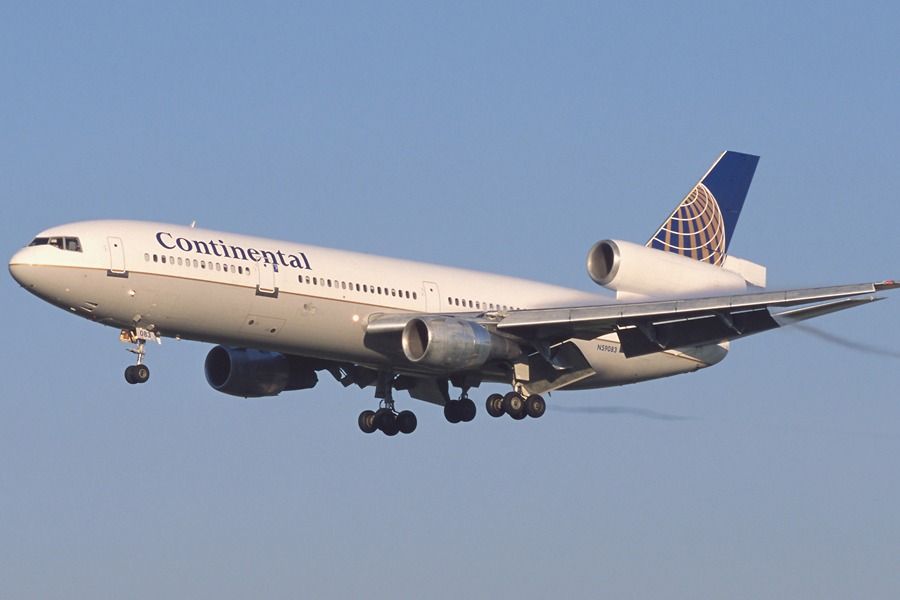Once the mainstay of many airlines' medium and long-haul fleets, the days of three-engined airliners are all but over. We take a look at the key differences between two legendary tri-jets - the McDonnell Douglas DC-10 and the Lockheed L1011 TriStar. Introducing the two protagonists Both equipped with three powerful high-bypass ratio turbofan engines, the DC-10 and the TriStar were significant developments of their age.
Launched roughly around the same time, the two competing aircraft battled for supremacy in the wide-bodied medium to long-haul market, winning large orders quickly and becoming regular visitors at airports worldwide. It would be the DC-10 that would ultimately become the better seller of the two models, selling 446 airframes in total versus 250 TriStars. Although the L-1011 was a superb aircraft for its time, it lost out to its rival, which came to the market first a year earlier.
As a result, the TriStar missed out on crucial revenue from potential sales that went to the McDonnell Douglas aircraft. This factor ended up causing the project and, indeed, Lockheed itself huge losses. It sold 250 units, whereas it needed to sell 500 for the project to become profitable.
There was also a public relations disaster when Lockheed bribed figures in the Japanese government to partly pay for All Nippon Airways ' purchase of the L-1011. With massive losses and the only engine manufacturer for the TriStar - Rolls-Royce - almost going out of business too, the program was wou.


















